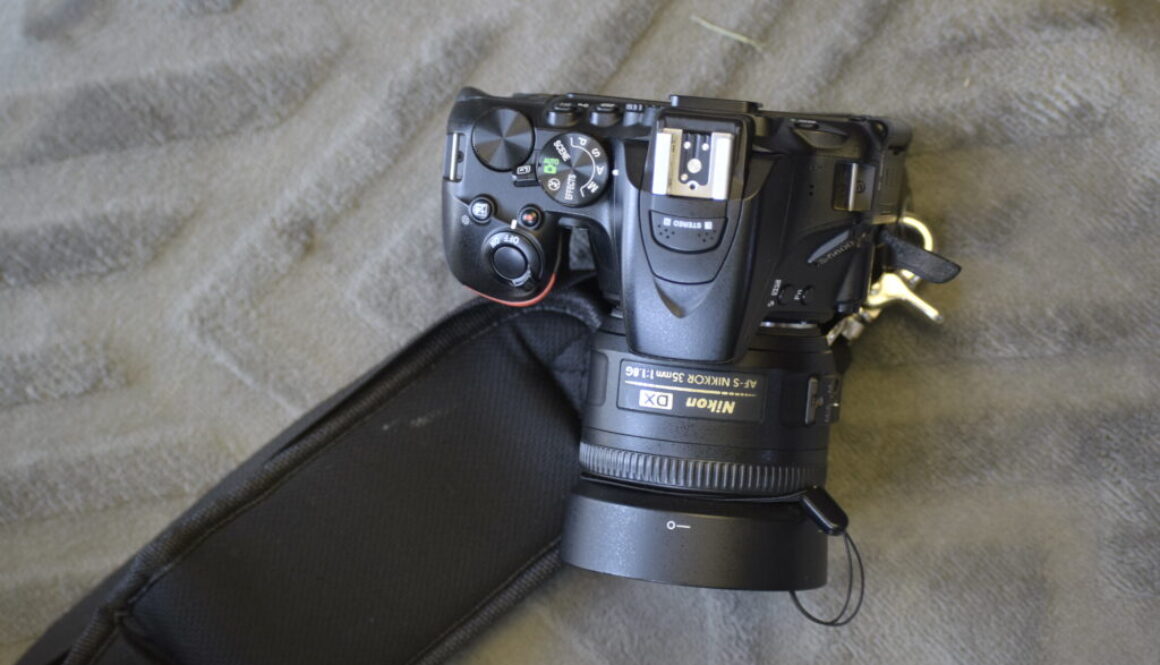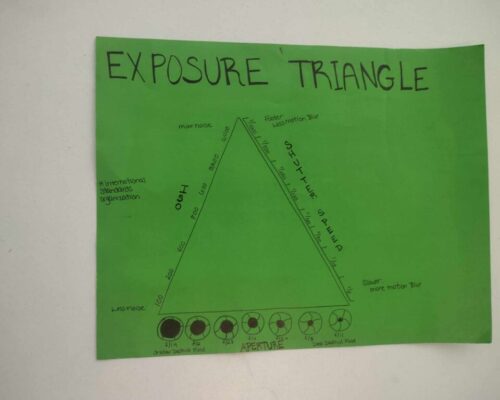So you got a DSLR, now what?
I got my first “big” camera in 2011 as a Christmas gift. It was a DSLR Canon Rebel. I was so excited to start taking photos of my kiddos, but I didn’t know how to use my “big” camera. If I’m honest it was scary! Then I was told that in order to “really” use my DSLR I needed to start using something called manual mode. And manual mode was all about this thing called the exposure triangle which I didn’t really understand it. Trying to learn the three parts of the exposure triangle when working with a DLSR camera in manual mode felt way over my pay grade. If you already understand the exposure triangle great job but if you are not aware of what the exposure triangle is, let me explain in a manner that really helped me out. There are three parts to the triangle, and each plays a part in how your camera works in manual mode.
1. Aperture (or F-stop) is how large the opening in the lens is. Think how big a faucet is. Does it have a large spout? Or a tiny spout? The larger the spout the more water can come out. The larger the aperture (OR SMALLER the F-stop) is how much light can be let in.
2. Shutter Speed or how fast the lens opens and closes. Again, think of a faucet. Do you turn it on, so a trickle comes out? Or do you turn it all the way on, so it gushes water? The higher the shutter speed the faster the lens opens and closes.
3. ISO is how sensitive the lens is to the light. For this one think if you put your hand under the faucet, is it was hot or cold water? How sensitive is your hand to the water.
Above is my cheesy visual poster board I created the night before I taught a group of sweet Girl Scouts their photography badge. And if they can learn it so, can you! Check out my upcoming blogs for a trick on how to learn Aperture and Shutter Speed that really helped me out. It finally helped everything start to click. I can’t wait to see you learn and grow in your love of photography.
Have a great day!


